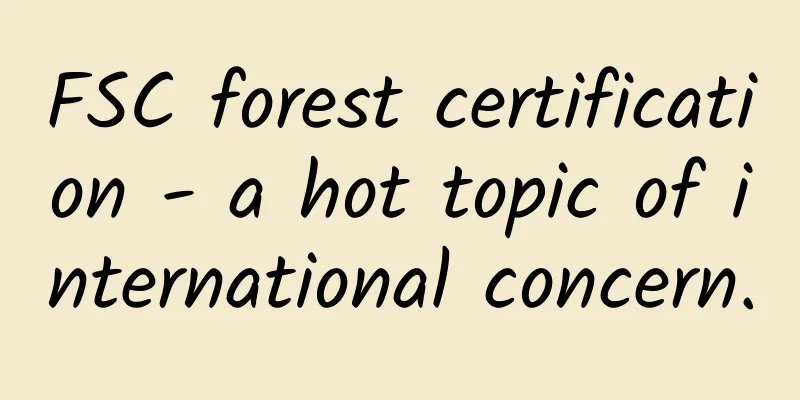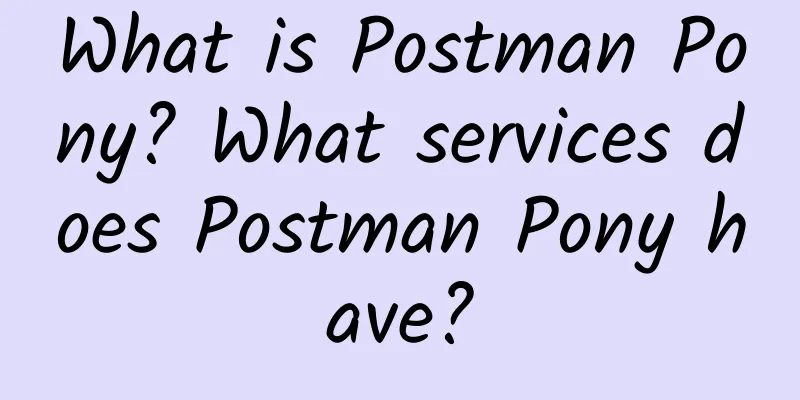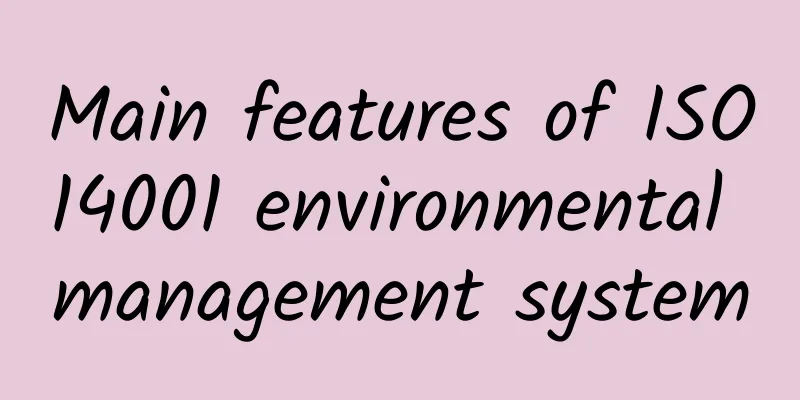FSC forest certification - a hot topic of international concern.

|
As a new mechanism to promote sustainable forest management and market access for forest products, FSC forest certification has been widely recognized by the international community and has become a necessary condition for forest products to enter environmentally sensitive markets such as Europe and the United States. The international community's focus on forest certification is concentrated in the following aspects. Promote tropical timber certification. In recent years, there have been increasing boycotts of tropical timber trade or discrimination against tropical timber. Some Central European countries (such as Belgium, Germany, the Netherlands and the United Kingdom) have adopted government procurement policies and other measures to require that tropical timber included in government procurement lists must be certified timber. The Global Forest Trade Network (GFTN), a global buyers' association, also claims that it will only purchase certified timber and its products. Therefore, given that the world's certified forests are currently mainly concentrated in the temperate or cold temperate zones of the northern hemisphere, promoting forest certification in tropical regions has become one of the important tasks of the international community to promote sustainable global forest management. Improve the quality and credibility of forest certification audits. The main task of forest certification audits is to collect evidence to assess whether forest management meets the requirements of certification standards. Since sustainable forest management covers many new aspects that traditional forest management has not yet covered, coupled with the complexity of the forest ecosystem itself, certification audits face increasingly severe challenges and require auditors to have higher and higher capabilities. Therefore, strengthening technical supervision of the certification audit process and peer review of audit conclusions, and improving the credibility of certification audits are important tasks for each certification system at present. Supporting joint certification of smallholders. In recent years, joint certification of smallholders engaged in small-scale, low-intensity forest management has received widespread attention from various certification systems. For example, the PEFC system has made supporting joint certification of smallholders a priority in 2017-2018, and has held a number of joint certification field dialogues and seminars to share experiences and promote the development of innovative joint certification models that are in line with local realities and PEFC international requirements. It has also supported joint certification practices of smallholders in Cambodia, Ghana, Kenya and other countries through project funding. The number of FSC system smallholder joint certification certificates has also increased year by year, accounting for 21% of the total number of FSC forest management certification certificates worldwide. Advocate for mutual recognition and cooperation between different forest certification systems. If each certification system uses its own label in international trade, it will be difficult for buyers and consumers to determine which label is credible. If different certification systems are allowed to compete with each other, many producers certified by their own certification systems (especially those in developing countries) will face insurmountable difficulties in defending their market position. Faced with such problems, the international community has paid increasing attention to mutual recognition and cooperation between different forest certification systems in recent years, believing that this is one of the feasible solutions to reduce certification costs. Promote the internationalization and consistency of the core content of forest certification standards. At present, many forest certification standards are not formulated by special standard-setting organizations, but are formulated through the participation of multiple stakeholders, and most certification systems are operated by non-governmental organizations. Therefore, the certification standards of each certification system will be affected by the standard-setting team, and their focus is also different. For example, the Finnish Forest Certification Standard (FFCS) pays special attention to the environmental impact of forest management activities. The Sustainable Forestry Initiative (SFI) in the United States allows operators to have greater freedom in determining forest management policies and plans, and places more emphasis on improving forest productivity, including allowing the use of chemicals to promote tree growth and prevent pests and diseases. At the same time, in terms of certain specific indicator requirements, the forest certification standards of different systems vary greatly. Therefore, it has gradually become a consensus of the international community to continuously revise forest certification standards in accordance with unified specifications. The International Organization for Standardization (ISO) is committed to promoting global unified forest product production and marketing custody chain certification standards and promoting the internationalization of certification standards. The above is the forest certification that international friends pay close attention to. |
<<: SEDEX Member Certification Notes
>>: WCA factory inspection introduction and content
Recommend
Xpress Lister--eBay bulk listing tool
What is Xpress Lister? Xpress Lister is eBay'...
Wish Tags--Product traffic entrance
What are wish Tags? For Wish sellers, the tags ar...
Barclays Bank
Barclays Bank, one of the world's largest ban...
What is the Foreign Trade Building? What does it contain?
Shenzhen Yipai Intelligent Technology Co., Ltd.&#...
FIS.ru - Russia's leading B2B platform
FIS.ru was founded in 1998 with the aim of creati...
Summary of Common Violations of Disney Production Regulations
child labor Manufacturers may not use child labor...
Wholesale Central--American online wholesale trading market
What is Wholesale Central? Wholesale Central'...
Several issues about BSCI factory audit
Several issues about BSCI factory audit What prod...
What is DEALMOON? How to post on DEALMOON?
What is DEALMOON? DEALMOON is the leading Chinese...
KUL--UAE + Saudi Arabia "affordable e-commerce platform"
What is KUL? KUL is adopting a similar model to D...
SaaS – Software as a Service (SaaS)
What is SaaS? SaaS is the abbreviation of Softwar...
Specific procedures for passing ISO9000 quality system certification
What is the specific procedure for passing ISO900...
What is Frontier? What services does Frontier offer?
What is Frontier? Frontier Car Group (FCG) is a B...
What is UnSplash? What features does this version of UnSplash have?
What is UnSplash? UnSplash: Free HD wallpaper sha...
How much do you know about FSC forest certification? The most complete answer is here
Many FSC certified export companies have consulte...









